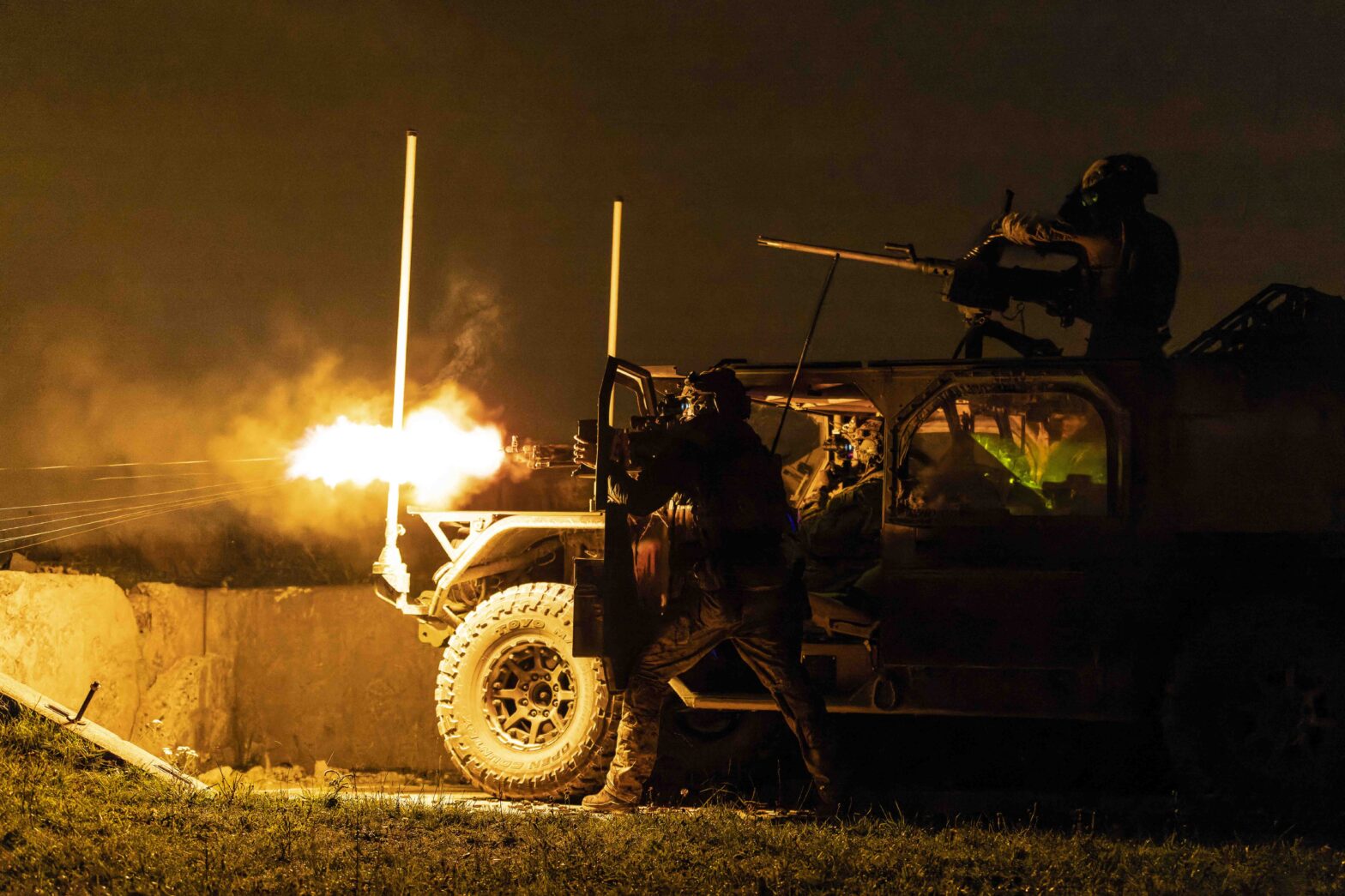Speed and precision of movement is vital for performing at a high level.
One of the best ways to separate elite performers from the rest is to challenge their speed and precision of movement under sensory chaos.
When unprepared for sensory chaos one of two things typically happen.
- Loss of speed.
- Loss of precision.
Loss of speed is not a good option when dealing with situations where every millisecond matters.
Loss of precision is not a good option if you like your ankles and ACLs intact.
Training for sensory chaos should be done with specificity. Meaning the movement patterns and sensory inputs should reflect the conditions you’re preparing for.
Sensory chaos can be broken down into 4 components:
- Visual inputs
- Auditory inputs
- Vestibular inputs
- Somatosensory inputs
Then it’s just a matter of progressively adding those variables to this equation:
Processing speed = Δ sensory input / Δ time
Simply put – the greater the change in sensory input over a shorter period will increase the demand on processing speed.
I recommend starting with the visual inputs, mastering speed and precision of movement with those, then just going down the list adding the other variables and shortening the timeframe.
As an individual who performs under extreme and unpredictable conditions, training this is essential for your readiness.
You want to be the person your teammates know they can count on in any condition, and that capability is optimized through training speed and precision under sensory chaos.
